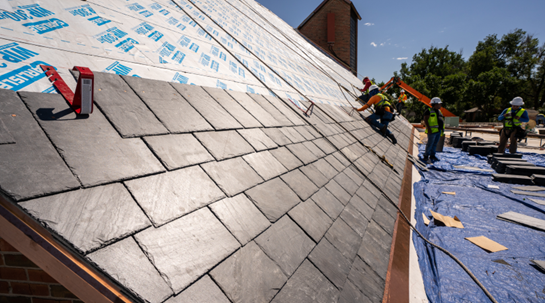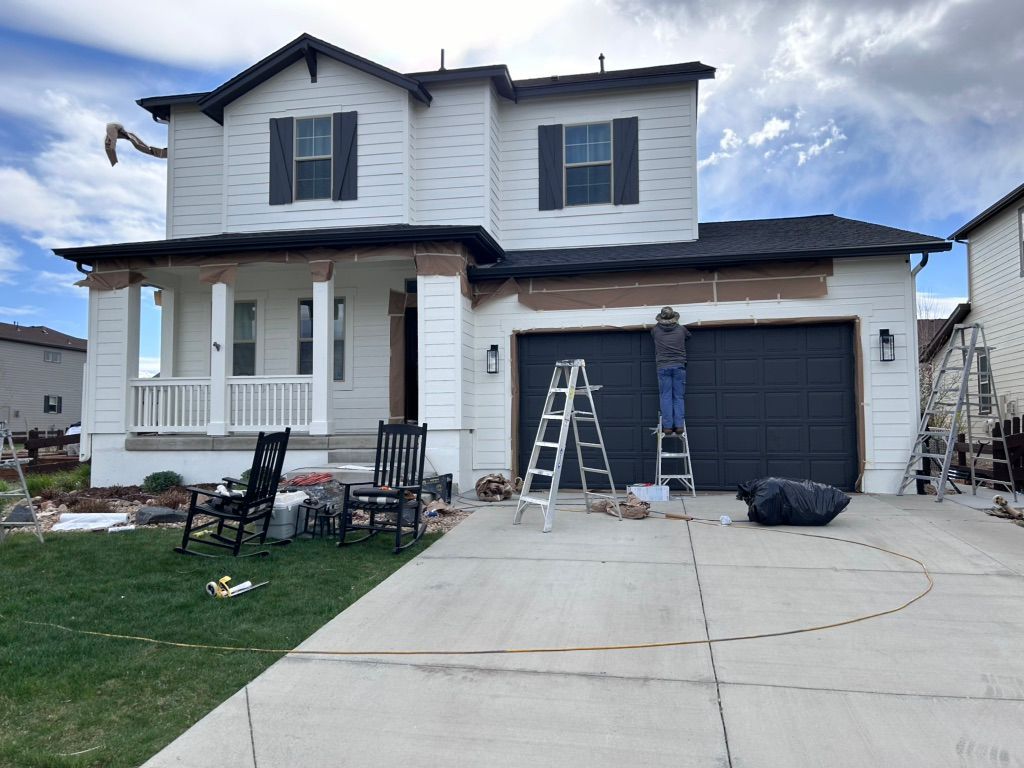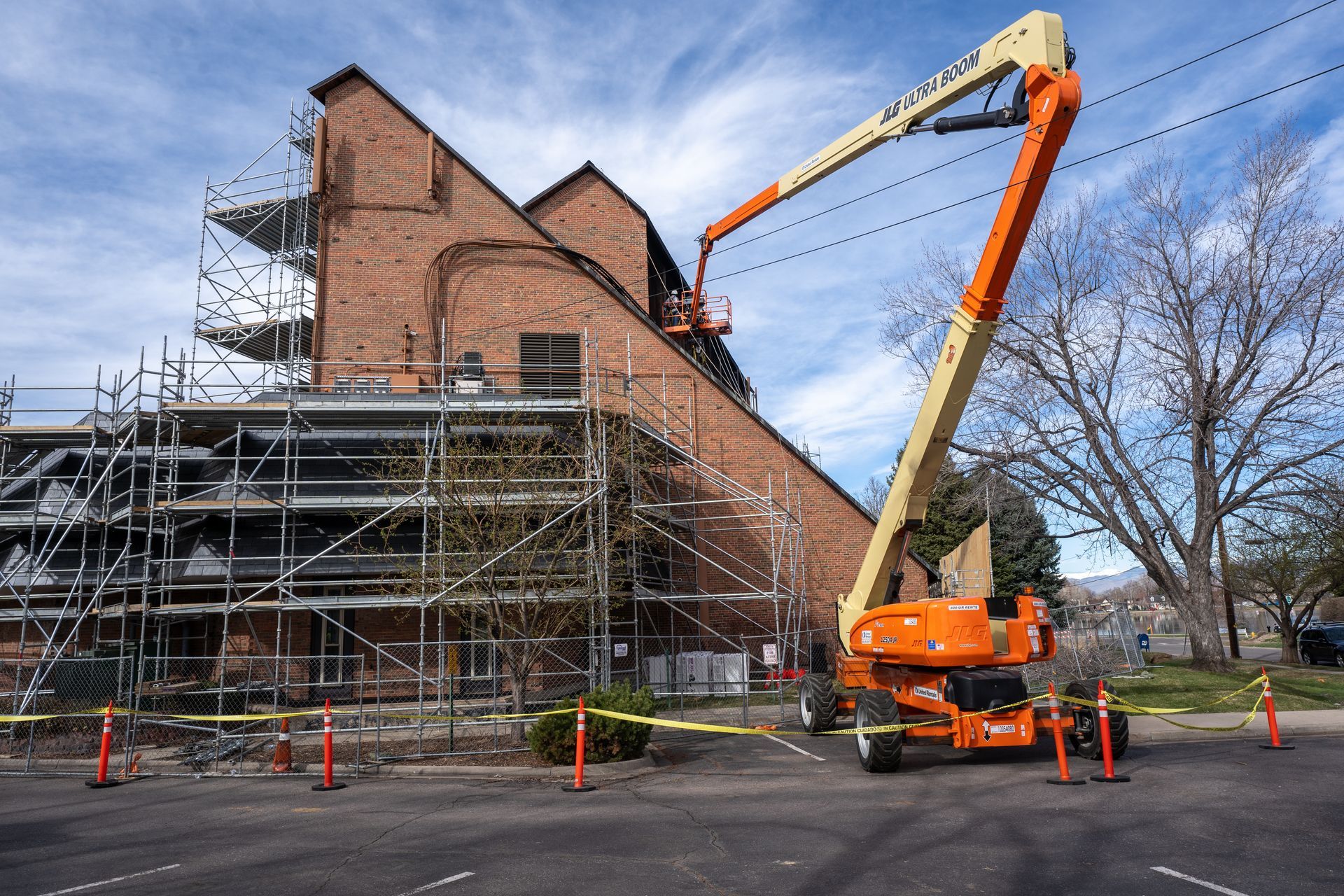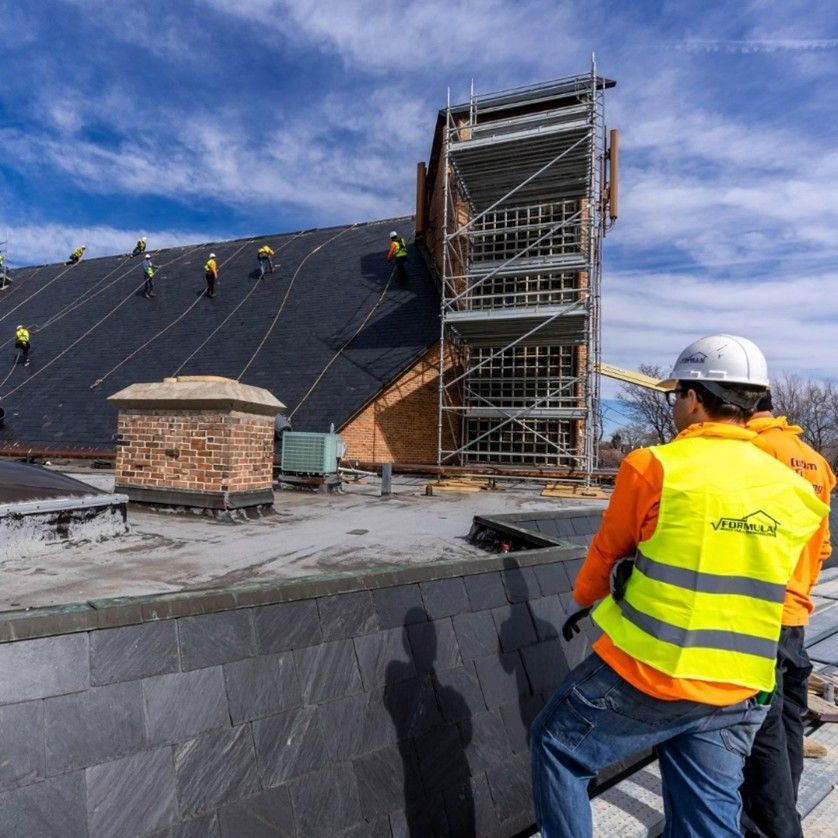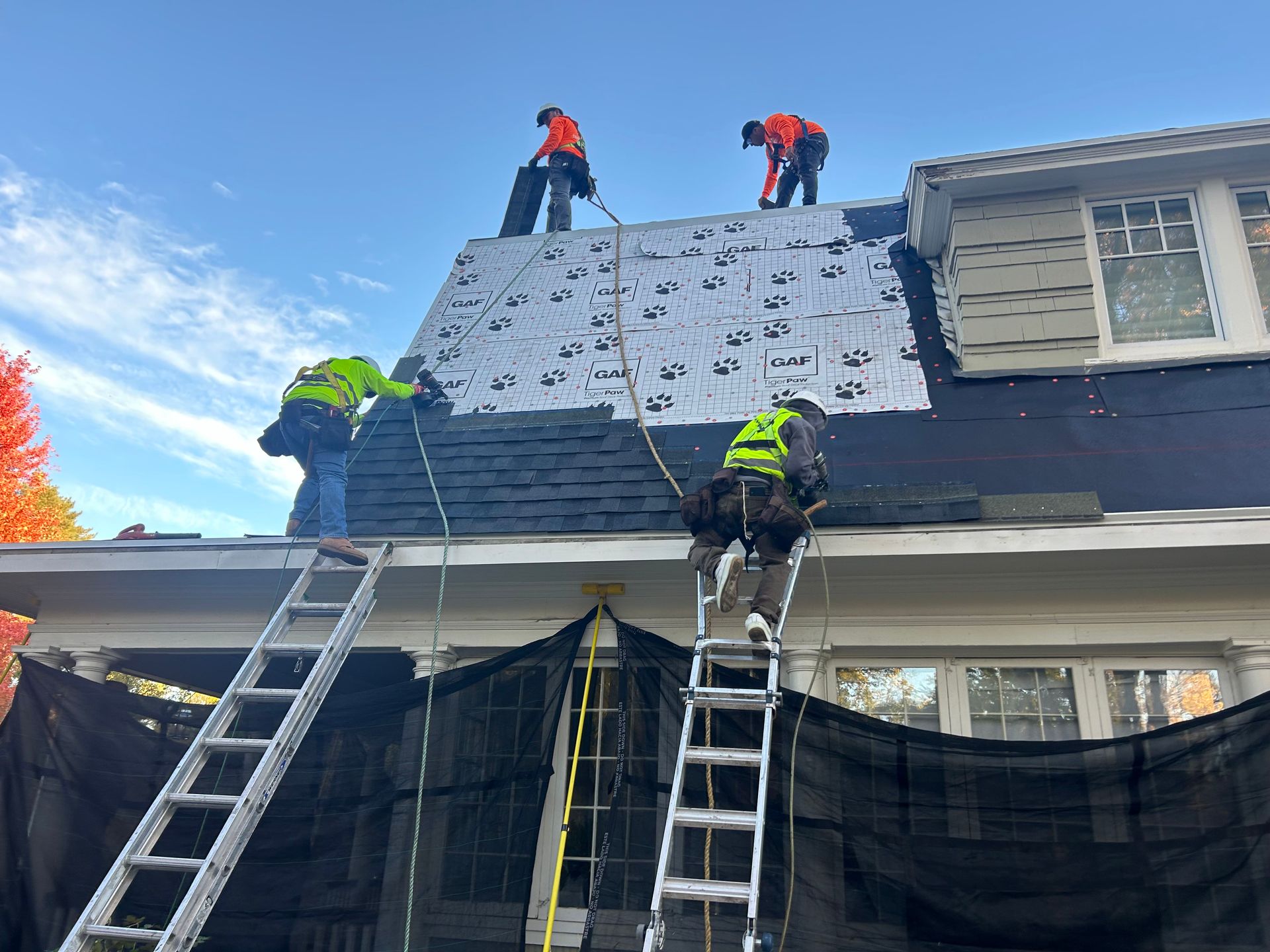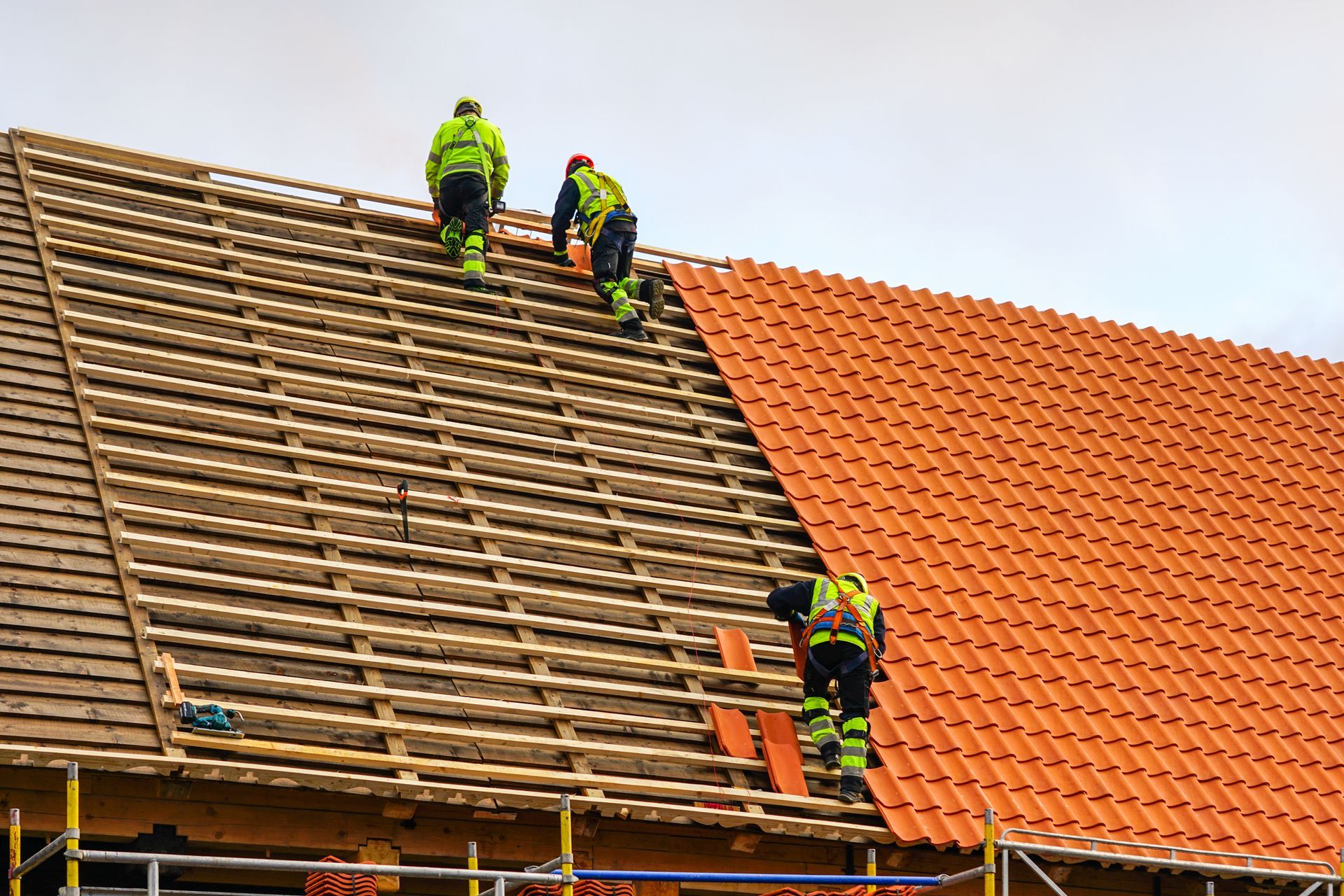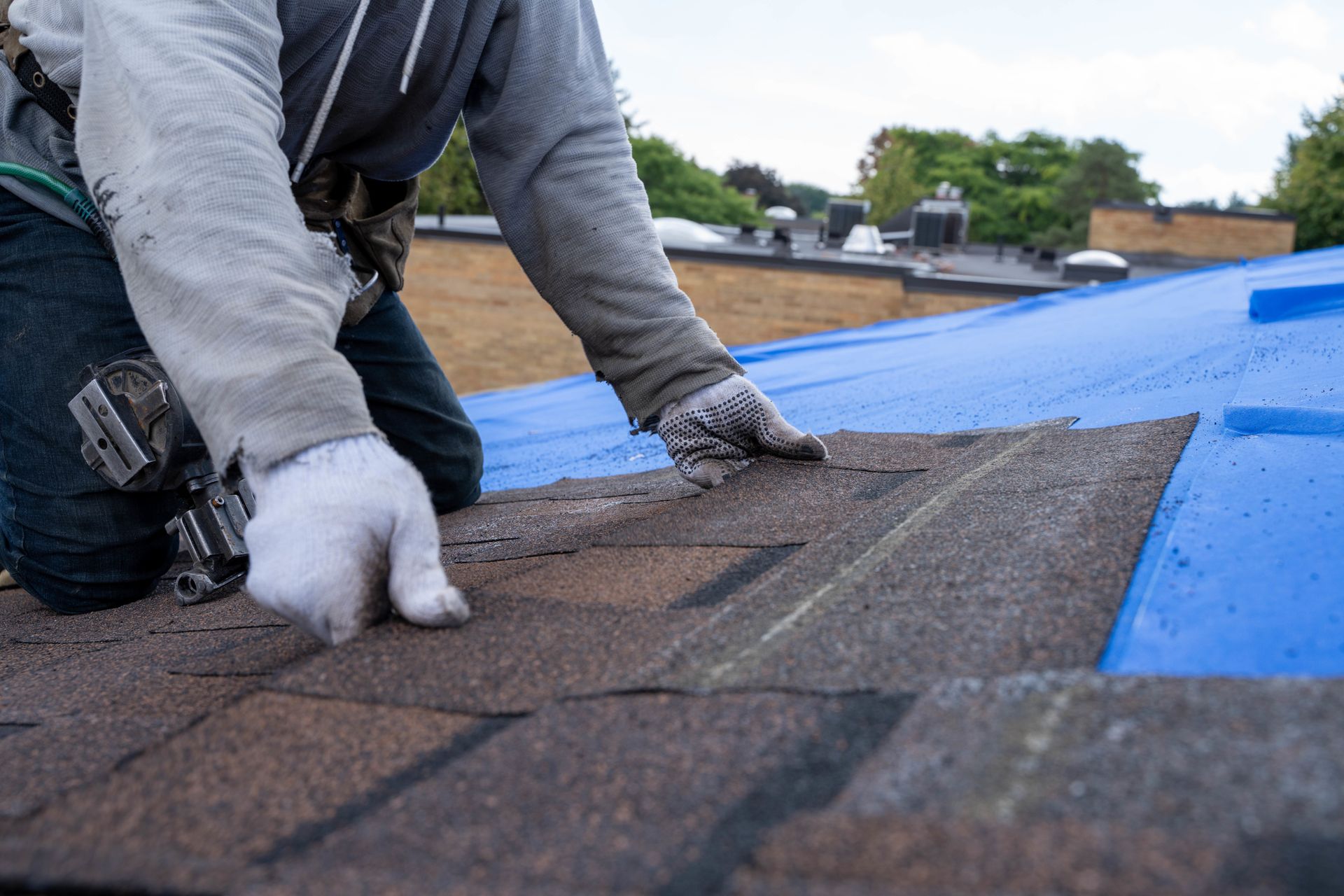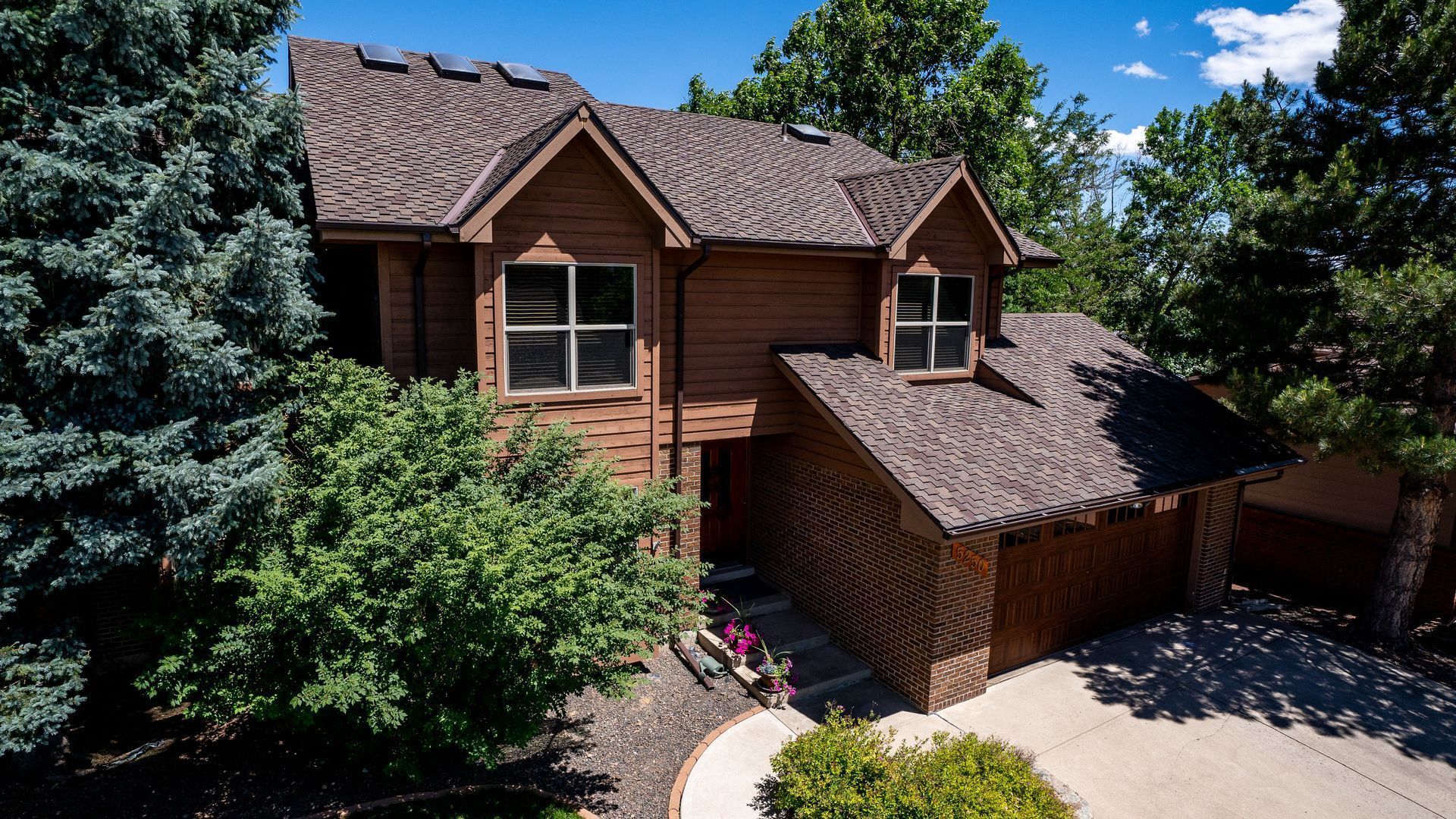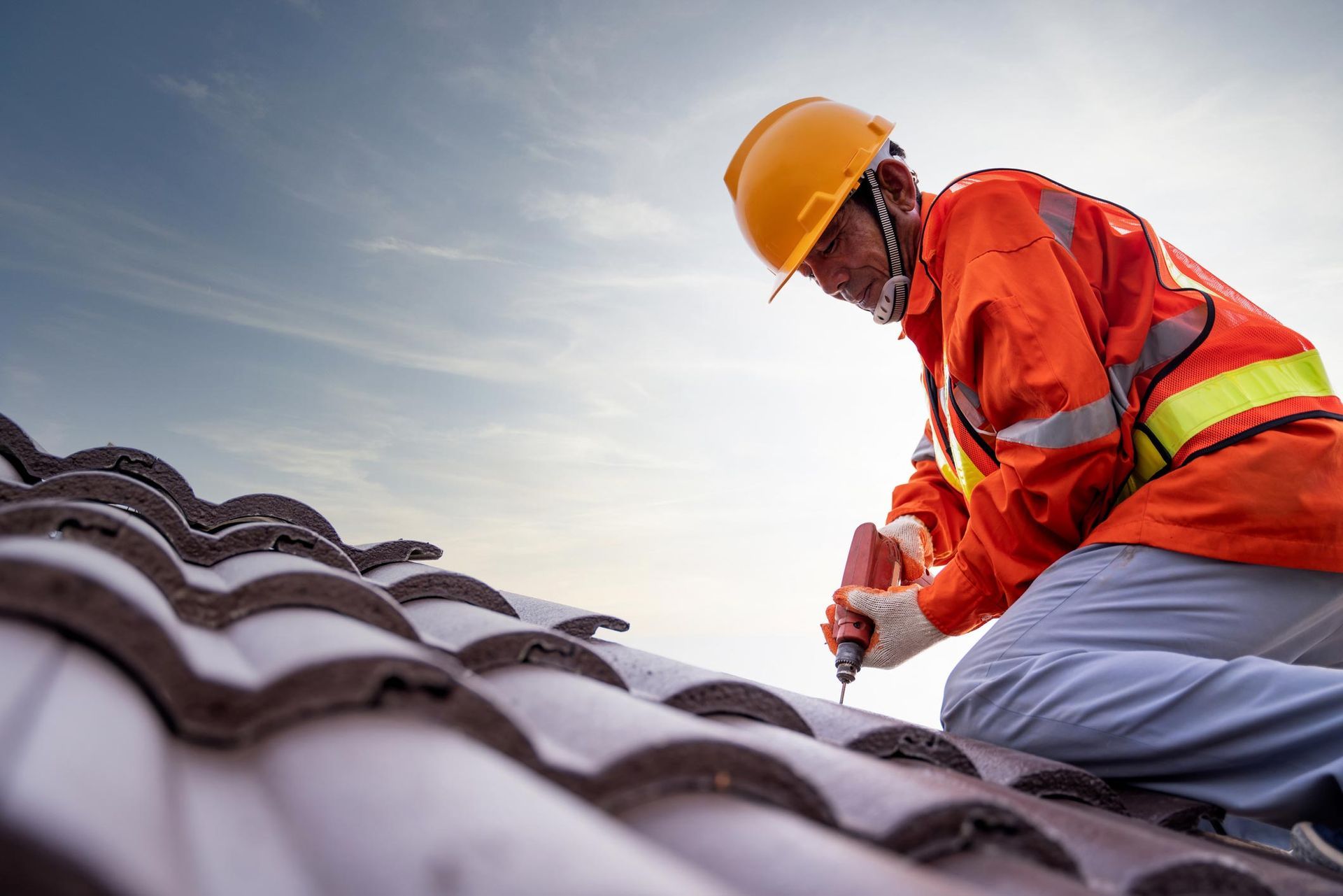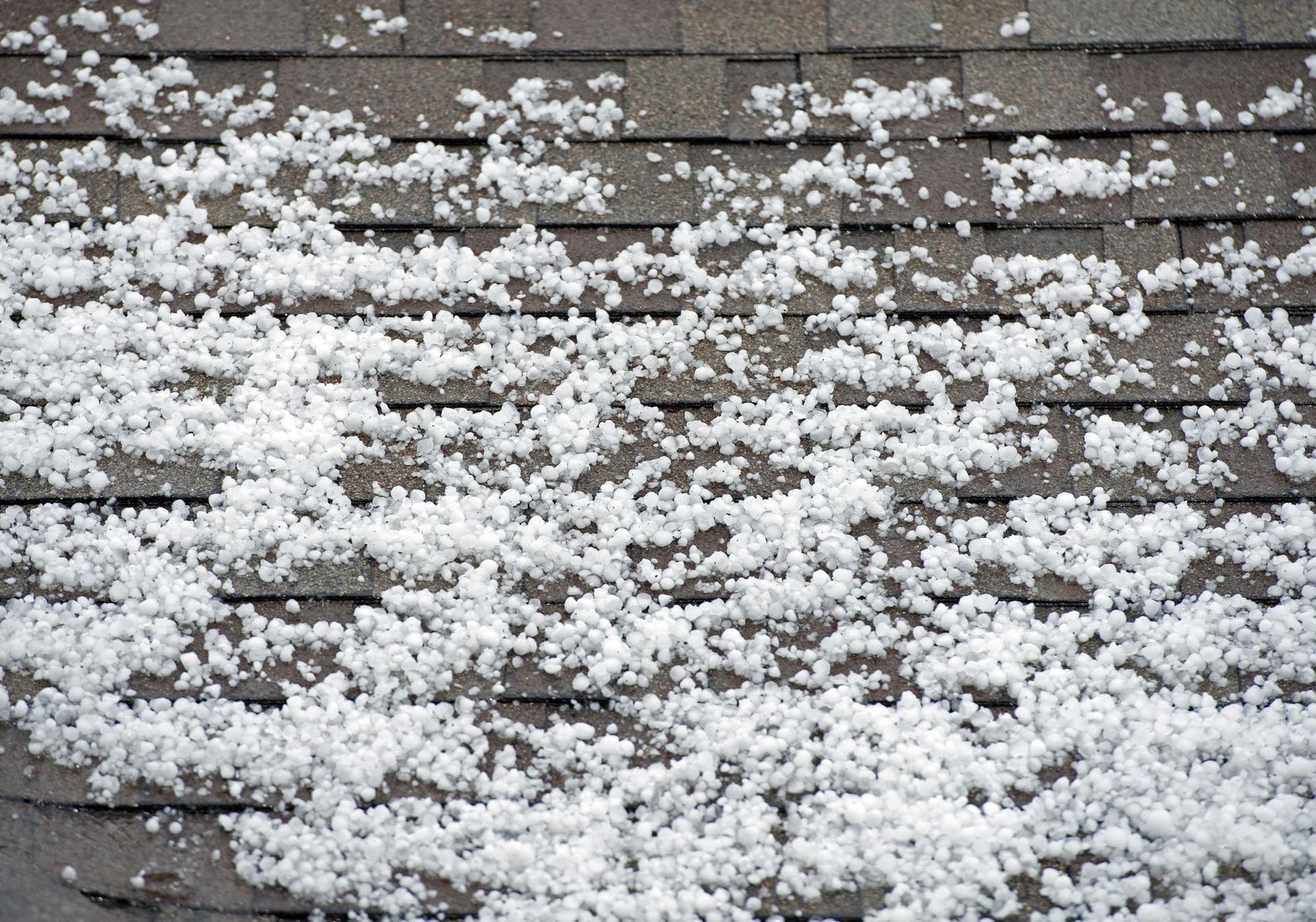Standing Seam Roofing And Hail Damage: 3 Facts You Need To Know
Standing seam metal roofing is popular for many high-end homes due to its beauty, customizability, durability, and longevity. This roofing material offers many benefits with few downsides aside from a higher cost. However, owning a metal roof can be almost entirely different from owning a more traditional asphalt shingle roof.
Understanding how to maintain and repair these roofs can be particularly important for Colorado homeowners due to the relatively high incidence of hail in this area. Denver area hail storms frequently cause hundreds of millions of dollars, making these events potentially costly for homeowners. If you have a metal roof on your home, here are three critical facts you need to understand about hail damage.
1. Hail Always Requires an Inspection
The most important rule to understand when dealing with hail damage is that you may be unable to judge the extent of the damage from the ground. While not all hail storms will cause significant damage to your roof, you won't be able to easily make this determination by simply looking up. Instead, evaluating your roofing for damage will require an up close and personal inspection.
The good news is that metal roofing is highly resistant to hail and unlikely to suffer critical damage during a storm. Instead, the most likely effects of hail will include denting or potential scratching. However, manufacturers install relatively durable coatings on metal roofs, so even severe scratches are unlikely, unless wind-driven debris hit your roof during the storm.
Still, while these problems won't typically result in immediate leaks, they can affect the longevity of your roof. For example, dents may allow water to pool and affect drainage off your roof. Scratches caused by debris may be a larger concern since these can affect the corrosion-proofing qualities of the coating. An inspection by a professional is necessary to locate these issues and determine their severity.
2. Your Insurance May Not Cover Damage
Most homeowners expect their insurance policy to cover any damage caused by storms. However, the durability of metal roofing can be a double-edged sword. Hail will often cause bruising on asphalt shingles. This damage can knock granules loose from the shingles and weaken their bond to the roofing underlayment, creating a functional problem that will likely lead to leaks.
On the other hand, metal roofing is far more resilient. While severe dents and scratches may cause functional issues, minor ones are typically only cosmetic problems. If your insurance policy includes an exclusion waiver for cosmetic damage, your policy may not cover these blemishes. An adjuster may determine that some impacts qualify while others do not.
Unfortunately, the Front Range Urban Corridor (including Denver) lies within hail alley. Since hail storms can be common in this area, you should consider the value of a cosmetic damage exclusion. While this policy can save you money, it can also mean living with cosmetic blemishes following a hail storm. Consider setting aside some savings for out-of-pocket repairs if you keep your cosmetic exclusion.
3. Your Roof Will Likely Still Function In A Damaged State
The upshot is that the durability of metal roofing means that most dents will not immediately compromise the functionality of your roof. You can typically remove these dents without replacing the entire panel, however repairing dents in a metal roof isn't simple or cheap, and getting good results will often require more skills and equipment than a typical do-it-yourselfer will have available. Although you may not need an entirely new roof, you should still plan to have a professional address cosmetic hail damage to your standing seam metal roof to ensure it's lifespan is not decreased.
Formula Roofing and Remodeling has experience with both metal roofing and hail damage. We know the threats posed by weather in the Denver metro area, and we can help you deal with the aftermath of even the worst hail storms. Don't hesitate to call us today if you're worried about hail damage to your metal roof.

